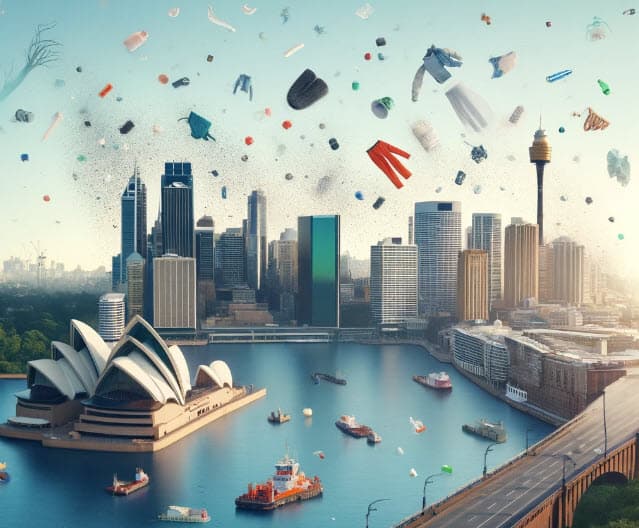New UTS research reveals health risks from breathing microplastics

Microplastics from everyday items like clothes, carpets, and car tyres are contaminating the air we breathe and affecting our health.
Dr Suvash Saha, one of the UTS researchers who discovered how inhaling microplastics might affect our health, spoke with 2SER Breakfast.
“Places like Rose Bay, Blackwattle Bay and Long Bay are heavily polluted with microplastics,” said Dr Saha.
This new research reveals how these particles make us more susceptible to lung disorders, such as asthma and fibrosis.
We unknowingly inhale microplastics from everyday items like cleaning products, cosmetics, and synthetic textiles on our clothes and furniture.
Outside, Dr Saha explained, microplastics can enter the air from construction sites, bodies of water, and poor plastic waste management.
“Nowadays, we have very heavy cars on the road, and our tyres actually make a lot of microplastic or nanoplastic due to friction with the road.”
“Sydney’s dense population and extensive urban infrastructure make it particularly vulnerable,” said Dr Saha, explaining the situation to be similar in other large cities.
Specific areas in Sydney show higher levels of microplastic prevalence, including Sydney Harbour, Rose Bay, Blackwattle Bay, and Long Bay.
“The water system in Western Sydney also exhibits significant microplastic pollution,” Dr Saha highlighting the need to improve management practices.”
To minimise exposure, Sydneysiders can adopt certain daily practices.
- Install HEPA air purifiers at home and ensure proper ventilation.
- Avoid synthetic fabrics
- Use microfiber filters for cleaning
- Install filters in washing machines to capture microfibers from synthetic clothing.
“It is not very clear how much it will affect our health in the long run,” Dr Saha said, with research still ongoing.
The researchers used CT scans and Computational Fluid Dynamics to investigate the behaviour of microplastic and nanoplastics in our lungs.
Find the full report here.
